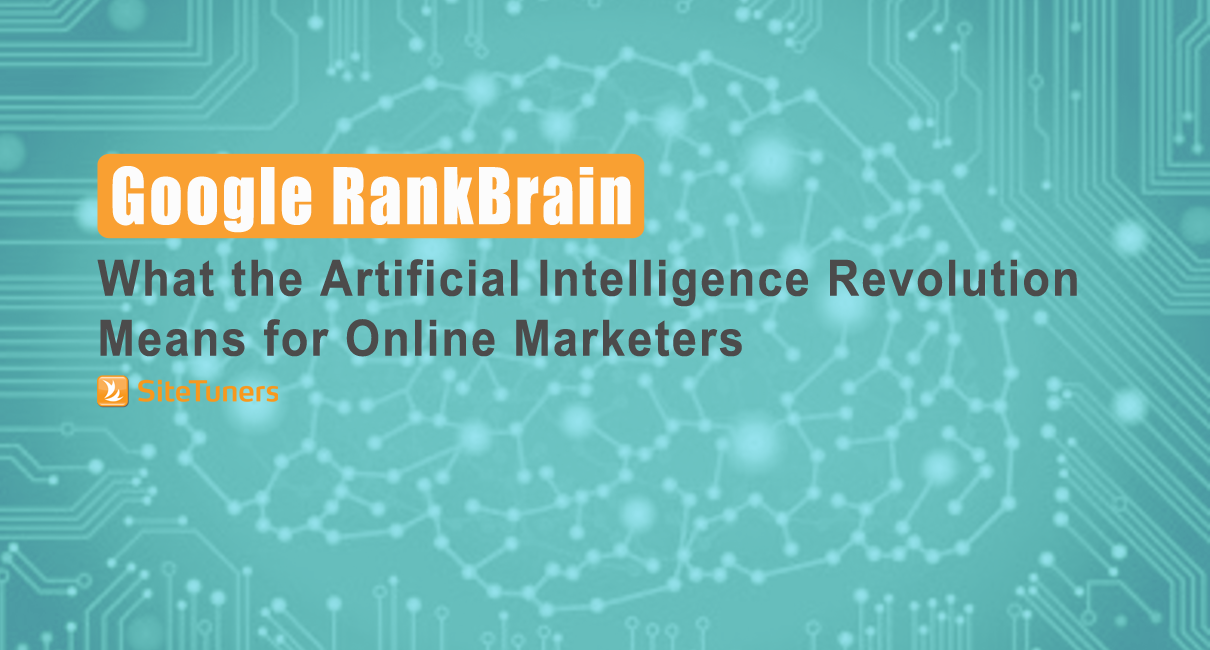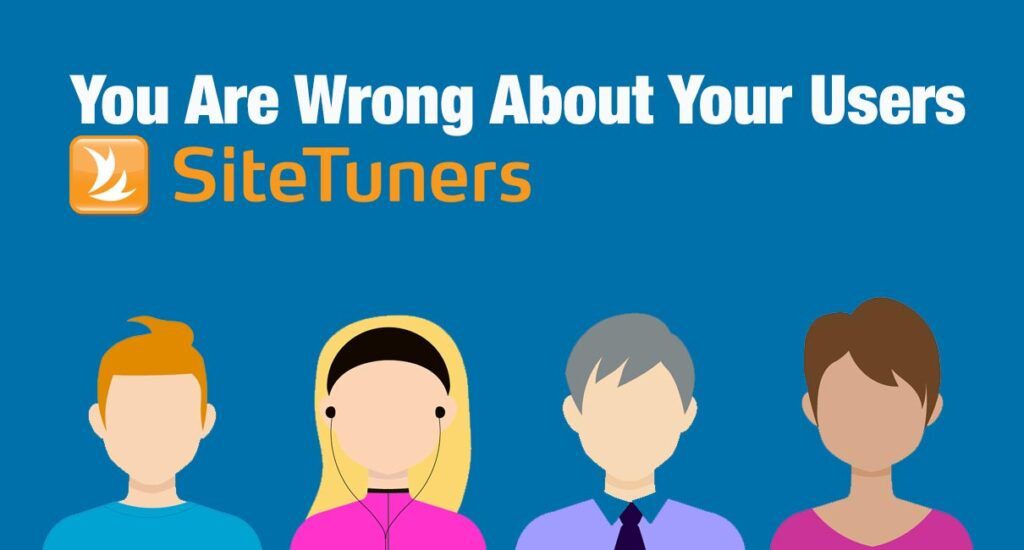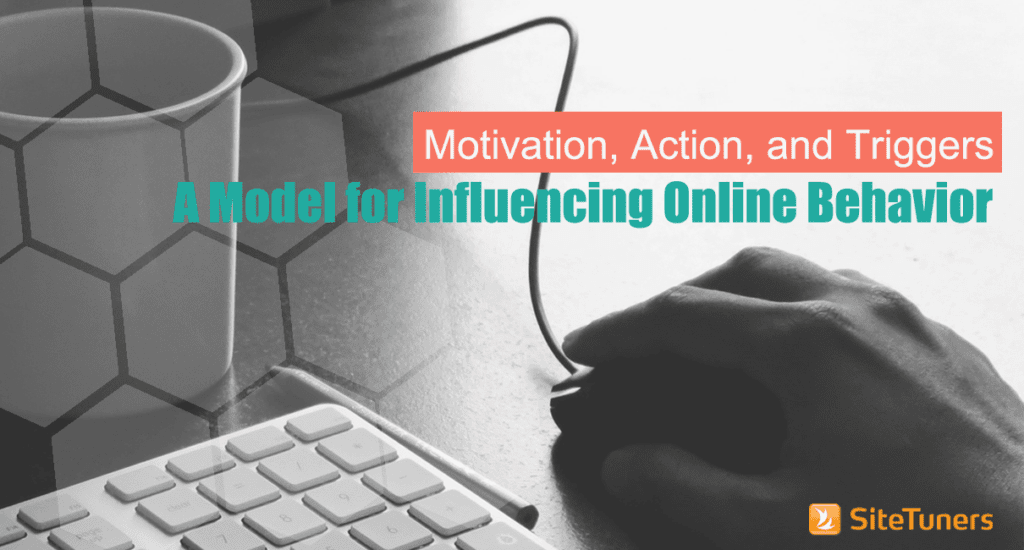Machine learning is changing the face of search. Here’s the least marketers need to know.
When the former head of Google search, Amit Singhal, retired, Google knew exactly whom to put in charge. That person is John Giannandrea, known within Google circles as the Artificial Intelligence Chief.
This isn’t some random movement within Google.
For the past few years, artificial intelligence (AI) has been becoming more important to the company. Google purchased the AI firm DeepMind in 2014, and started improving YouTube recommendations with the technology. They hired some of the most recognized names in the AI space, like Ray Kurzweil and Peter Norvig.
Most recently, they introduced artificial intelligence into the core algorithm that powers search – you know, that thing makes all the money.
Google’s Big Bet on Artificial Intelligence
This isn’t some fringe company experiment. YouTube recommendations can be inefficient for Google, and quarterly earnings will be fine and dandy. That’s not true of search. If search goes down, Google goes down. And yet Google trusts the AI work enough to introduce it to search – AI is clearly a large part of Google’s future, and they are just getting started.
Google’s bet on artificial intelligence has wide-reaching implications not just for the company, but for anyone working in online marketing. It is changing the search engine optimization landscape, which has a trickle-down impact on things like landing page optimization.
The AI piece of the search algorithm, the one that marketers should learn about, has a name – RankBrain.
Meet RankBrain – The Third Most Important Google Search Factor
While Google has hundreds of ranking factors, the two big ones have been pretty well known:
- Content
- Links
Google has recently said those are the still the big guns, but that the third most important factor is RankBrain.
Distilled to its essence, RankBrain is a machine learning piece that processes queries for their meaning, and moves weights to the factors around to serve good results.
That’s very different from the other components of Google’s algorithm.
When Google rolled out Panda, the company told marketers that the focus is good content, and that thin content will be penalized by the algorithm. When they rolled out Penguin, they told marketers that bad links will be penalized.
When Google rolled out RankBrain it told marketers that … well, that they didn’t specifically know what RankBrain rewards and penalizes, and that even Google engineers couldn’t say what it’s doing, specifically.
That’s not something marketers are used to hearing from Google.
Artificial Intelligence Types
RankBrain is so different because it’s based on deep learning and AI.
There’s enough confusion about artificial intelligence that it pays to understand what the broad categories are in the space. There is, after all, a very big gulf between AI that can keep you from receiving spam, and an AI that can improve its own code and achieve multiple goals.
- Artificial Generalized Intelligence (AGI) – this is an AI that is capable of doing multiple things, or cross-domain optimization.
- Artificial Narrow Intelligence (ANI) – this is where RankBrain belongs. It’s an artificial intelligence that can do one thing really well. That is, it can drive a car better than most humans. It can keep spam out of email. It can beat the best humans at Chess or Go. And yes, it can show search results that most users will find useful. But it can’t do all of those things together.
A lot of ANI is based on pattern recognition.
Say you have 10,000 photos, and half of them are photos of faces. Humans can tell machines which 5,000 are faces, but the machines then learn to figure out that spheres next to each other can be eyes, and eyes are components of faces. At 500 photos, machines will utterly fail to find patterns. At billions of photos, machines will get quite good.
Take that basic hunt for patterns, add in scale, and that’s what powers Google’s self-driving cars, Facebook’s facial recognition, and RankBrain. So when people talk about deep learning in AI, it’s not actually the learning that’s deep, it’s the architecture and sample size that’s deep.
That pattern recognition aspect of search changes the game for online marketers.
Marketers versus Google
The history of Google’s search algorithm is essentially one big cat and mouse chase with online marketers.
- In the early days, Google asked web site owners to put in what are called metatag keywords to say what the page is about. Marketers then spammed metatag keywords with so many keywords that its value diminished as a reference for what a page is about, and Google abandoned that as a signal.
- Google favored quick answers to particular queries, to the point where content farms became viable businesses, and content quality tanked for a lot of searches. Google rolled out Panda to deal with the content quality problem.
- Google said if you get a ton of links, you will rank better. So “blackhat” marketers started paying for links and created link networks, until Google had to respond with Penguin, which penalizes “bad” links.
It’s gotten harder to game Google’s algorithm over time, but before RankBrain, Google engineers knew which knobs were being tweaked, and how hard.
That’s really no longer true for the entire algorithm.
The Engineers Don’t (Specifically) Know What’s Going On
The thing that’s great about giving a machine a wicked sample size and a learning algorithm is that if you incentivize a particular behavior, the machine is likely to get there. That’s why RankBrain is the third most important factor in Google search – the search improvements can be dramatic.
The thing that’s not so great about giving a machine a wicked sample size and a learning algorithm is that even Google engineers don’t specifically know what’s going on behind the scenes.
Is RankBrain prioritizing browser page titles, links, H1s, and domain strength for non-transactional searches about books?
Even Google can’t say for sure.
Is freshness a big factor for searches other than those related to news, movies, and TV shows?
Possibly.
You Can’t Optimize for RankBrain
What all of these amount to is you can optimize your content, you can publicize your page for an attempt at links, but you can’t optimize for RankBrain.
So you have to care less about the input, and more about the output.
Let’s unpack that.
An input is something that you can almost always directly control:
- Browser page titles that contain the phrase you’re targeting
- H1s and H2s that contain a synonym of the keyword you want to rank for
- Anchor text links to the page
By contrast, the output is how the user reacts to your page:
- Users who like your article title and click through to your page from Google
- High engagement and satisfaction with your page, so they don’t hit the back button after clicking through to your page
Those things haven’t been perfectly aligned in the past, and they aren’t now. What AI in search is forcing marketers to do is to consider the inputs a tad less, and the outputs a tad more.
What Online Marketers Need to Know
If you consider yourself an SEO, a CRO, or a UX professional, here’s what you have to contend with.
- Stop targeting one keyword or phrase per page. You have to focus on topics because while individual engineers may value exact matches to phrases, machines are incentivized to value the intent of the user, not the user’s specific phrasing.
- Different searches will mean different weights driven by AI. That means you can’t tell your boss that browser page titles or links will drive the most important gains for all searches.
- You need to learn UX and CRO even if your core job is SEO. Improving the output (user satisfaction) has traditionally been the province of conversion professionals and user experience analysts. Those people usually design wireframes, launch features on the site, run user acceptance tests and eventually split and multivariate tests for conversion rate optimization, very different tasks from keyword and intent matching, tag optimization, and ensuring the site can be crawled. Moving forward, the SEO toolset will include skills the skills required of CROs and UX professionals.
On the whole, RankBrain is improving the user experience for search users, and that’s generally a good thing. But if you’re an online marketer, RankBrain poses some new challenges – and if you learn enough about the user experience side of things, some unique opportunities.
Create user-friendly online experiences.
Click here to read 5 Practical Tips to Humanize User Experience.



